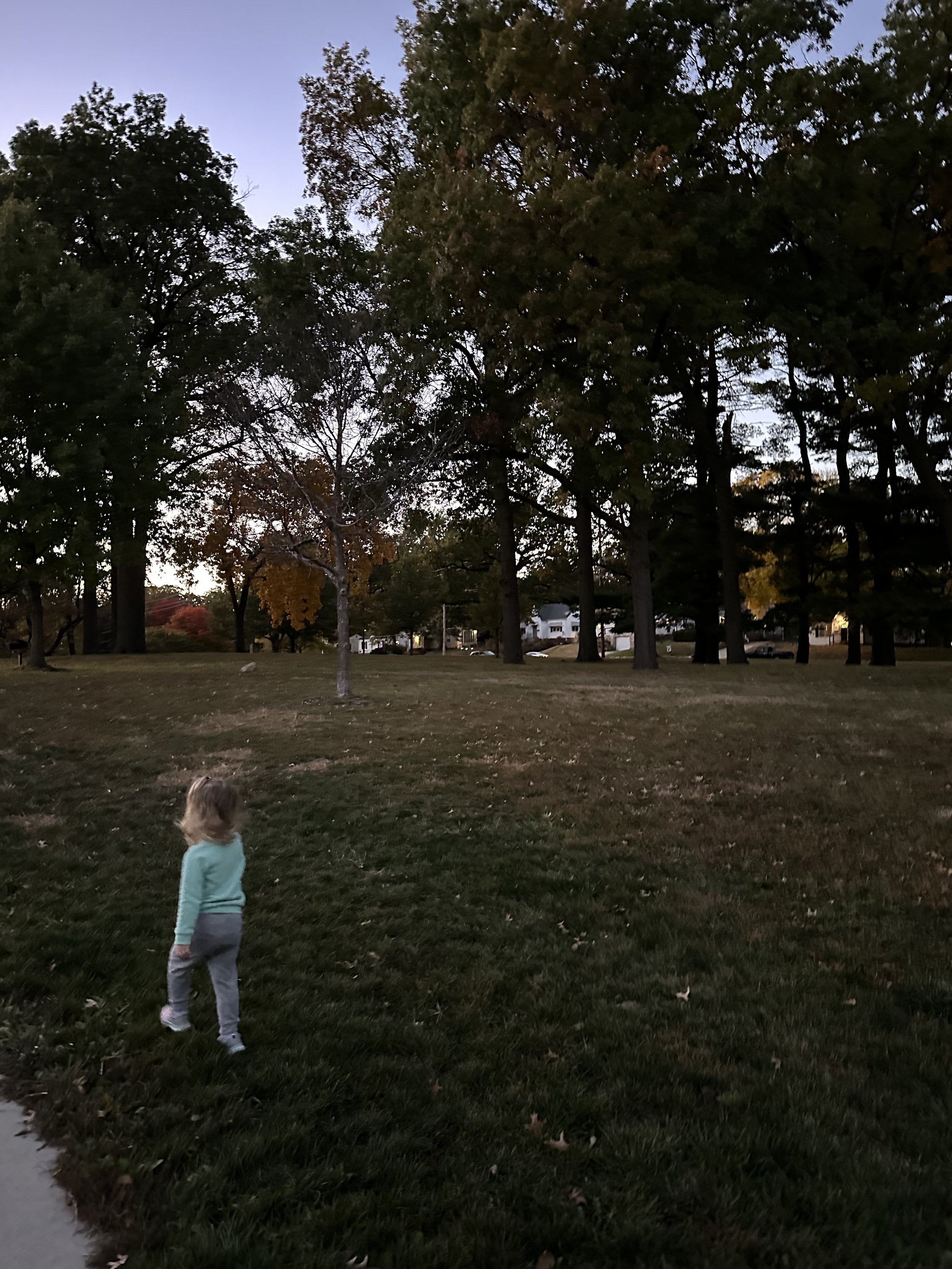Staying Healthy with Age
As we age, staying physically active becomes increasingly important for maintaining overall health and well-being. Engaging in regular exercise offers a myriad of benefits, from improving cardiovascular health to enhancing flexibility and balance. However, exercising safely in old age requires thoughtful consideration and a tailored approach to accommodate the unique needs of seniors.
Not my chart but taken from WHO and a google search on the loss of muscle with aging.
Consultation with Healthcare Professionals: Before embarking on any exercise routine, it's crucial for older adults to consult with their healthcare provider. A thorough assessment of medical history, existing conditions, and physical capabilities will help determine the most suitable and safe exercise plan. In general Low-Intensity exercise can be treat as an Over-The-Counter mindset, but any medical history would need to be accounted for.
Choose Low-Impact Activities: While for some high-intensity exercise is feasible: For most- Opting for low-impact exercises is essential to protect joints and minimize the risk of injury. Activities such as walking, swimming, and cycling are gentle on the joints while providing excellent cardiovascular benefits.
Focus on Strength Training: Incorporating strength training into the exercise routine can help maintain muscle mass and bone density, crucial for preventing falls and fractures. Light resistance training, using body weight or resistance bands, can be effective without putting excessive strain on the body.
Prioritize Flexibility and Balance: As we age, flexibility and balance become increasingly important to prevent falls and maintain mobility. Activities like yoga and tai chi promote flexibility, balance, and relaxation, contributing to overall well-being.
Warm-Up and Cool Down: Before starting any exercise session, it's vital to warm up the muscles to increase blood flow and flexibility. Similarly, cooling down at the end of a workout helps prevent stiffness and promotes flexibility. Gentle dynamic activities and stretching he’s and be included with the warm-up while more static stretches can be considered during cool-down routines.
Stay Hydrated: Proper hydration is essential, especially during exercise. Older adults should drink water regularly to prevent dehydration, which can lead to fatigue and dizziness.
Listen to Your Body: Seniors should pay close attention to their bodies and adjust their exercise intensity accordingly. If pain or discomfort arises, it's crucial to modify or stop the activity and consult with a healthcare professional if needed.
Consistency is Key: Establishing a consistent exercise routine is vital for reaping the full benefits of physical activity. Aim for a mix of cardiovascular, strength, flexibility, and balance exercises throughout the week. To keep it consistent, make sure it is enjoyable, and something that doesn’t feel like it is being forced.
staying active is important to keep engaged with family activities and playing with the littles
Conclusion: Exercise remains a cornerstone of healthy aging, offering a multitude of physical and mental benefits. By adopting a personalized and cautious approach, seniors can enjoy the rewards of staying active while minimizing the risk of injury. Remember, it's never too late to start incorporating safe and effective exercise into your daily routine for a healthier and more active lifestyle in your golden years.
Stay safe and keep moving!

